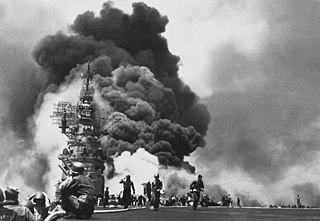 W
WKamikaze , officially Shinpū Tokubetsu Kōgekitai , were a part of the Japanese Special Attack Units of military aviators who flew suicide attacks for the Empire of Japan against Allied naval vessels in the closing stages of the Pacific campaign of World War II, intending to destroy warships more effectively than with conventional air attacks. About 3,800 kamikaze pilots died during the war, and more than 7,000 naval personnel were killed by kamikaze attacks.
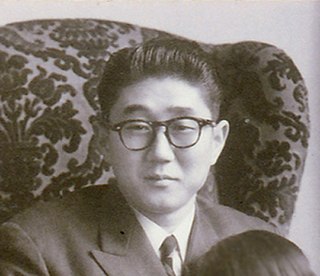 W
WShintaro Abe was a Japanese politician from Yamaguchi Prefecture. He was a leading member of the ruling Liberal Democratic Party (LDP). He served as foreign minister from 1982 to 1986. He was the father of Prime Minister Shinzo Abe.
 W
WYukio Araki was a Japanese aviator of the Imperial Japanese Army during World War II. As a kamikaze pilot and member of the 72nd Shinbu Squadron, Araki's final mission took place on May 27, 1945 during the Battle of Okinawa when he flew his bomb-laden Mitsubishi Ki-51 to deliberately crash into the USS Braine. It is speculated that Araki and one other pilot are responsible for hitting the ship, killing 66 of its crew. At 17 years old, Araki is one of the youngest kamikaze pilots of World War II.
 W
WMasafumi Arima was an admiral in the Imperial Japanese Navy in World War II. An experienced aviator, he is sometimes credited with being the first to use the kamikaze attack, although official accounts may have been invented for propaganda purposes. Arima personally led an air attack against United States Navy Task Force 38 in the Formosa Air Battle and was killed in action.
 W
WYoshimi Minami was an ace fighter pilot in the Imperial Japanese Navy (IJN) during World War II. Participating in many of the Pacific War battles and campaigns as a member of several units, Minami was officially credited with destroying 15 enemy aircraft. He was killed in November 1944 attempting to crash his aircraft into enemy ships off Leyte as a participant in Kamikaze operations.
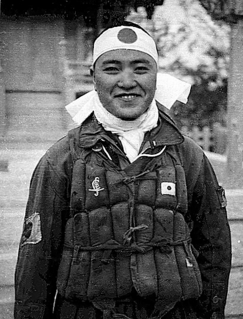 W
WKiyoshi Ogawa was a Japanese naval aviator ensign (少尉) of the Imperial Japanese Navy during World War II. As a kamikaze pilot, Ensign Ogawa's final action took place on May 11, 1945, during the Battle of Okinawa. Piloting a bomb-laden Mitsubishi Zero fighter during Operation Kikusui No. 6, Ogawa flew through American anti-aircraft fire and attacked the U.S. Navy aircraft carrier USS Bunker Hill, less than one minute after his flight leader, sub-lieutenant Seizō Yasunori, crashed into the ship. He dropped a 250-kilogram (550 lb) bomb, never pulled out of the dive, and crashed deliberately into the flight deck near the control tower of the aircraft carrier. The bomb penetrated Bunker Hill's flight deck and exploded. Gasoline fires flamed up and several explosions took place when re-armed and re-fueled planes on deck exploded and caught fire. 393 American sailors died with Yasunori and Ogawa, 264 were wounded, and the ship was disabled for the remainder of the war.
 W
WHiroshi Ohshita , also spelled Oshita, was a Japanese Baseball Hall of Fame outfielder who began his career after World War II. Known for his trademark blue bat, he hit a record 20 home runs in a season and was home run king and leading hitter three times for the Toei Flyers. Ohshita was also a heavy hitter with the Nishitetsu Lions of the Pacific League during the 1950s.
 W
WSub Lieutenant Seizō Yasunori was a Japanese student who joined the Imperial Japanese Navy. On May 11, 1945, he flew a kamikaze suicide mission against USS Bunker Hill during the Battle of Okinawa near the end of World War II.
 W
WYukio Seki was a Japanese naval aviator of the Imperial Japanese Navy during World War II. As a kamikaze pilot, Lieutenant Seki led one of the three fighter groups of the second official kamikaze attack in World War II. Seki's final action took place on October 25, 1944, during the Battle of Leyte Gulf. He led a unit of five bomb-armed Mitsubishi Zero fighters, crash-diving his plane deliberately into the USS St. Lo's flight deck, being the first kamikazes to sink an enemy ship.
 W
WSen Sōshitsu XV (十五代千宗室) refers to the 15th generation head (iemoto) of Urasenke, one of the most widely known schools of Japanese tea. Hōunsai (鵬雲斎) was a religious appellation that he received in 1949 from his Zen mentor, and it is the name that he generally is known by to distinguish him as the 15th Sen Sōshitsu. His son succeeded him as the 16th generation head of Urasenke, and inherited the name Sōshitsu, in December 2002. With that, Sen Sōshitsu XV discontinued his own use of the name Sōshitsu. He adopted the name Genshitsu (玄室) to use instead, and thus has officially gone by the name Sen Genshitsu since then.
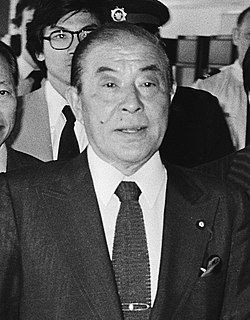 W
WSunao Sonoda was a leading Japanese Liberal Democratic Party (LDP) politician who served as foreign minister and minister of health and welfare. He was called "flying foreign minister" due to his active diplomacy in increasing the role of Japan when he was in office. He was one of the significant figures in normalizing the relations between Japan and China.
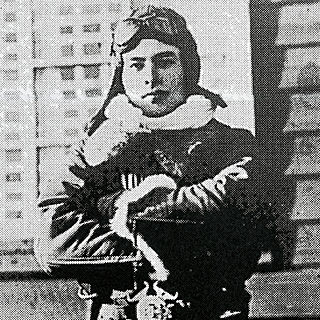 W
WRyōji Uehara was a flight captain of the Imperial Japanese Army and was killed in action as a kamikaze pilot.
 W
WMatome Ugaki was an admiral in the Imperial Japanese Navy during World War II, remembered for his extensive and revealing war diary, role at the Battle of Leyte Gulf, and kamikaze suicide hours after the announced surrender of Japan at the end of the war.